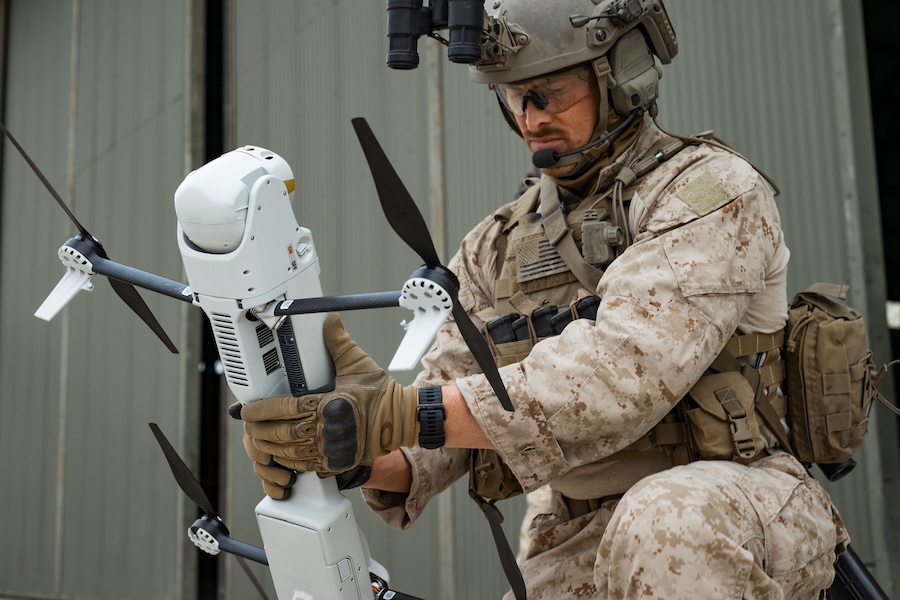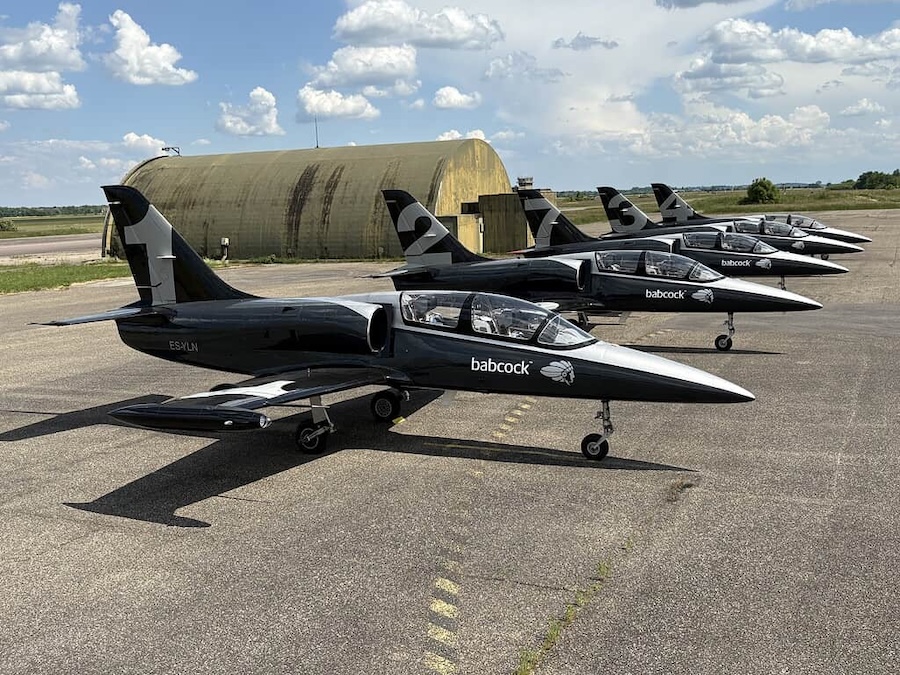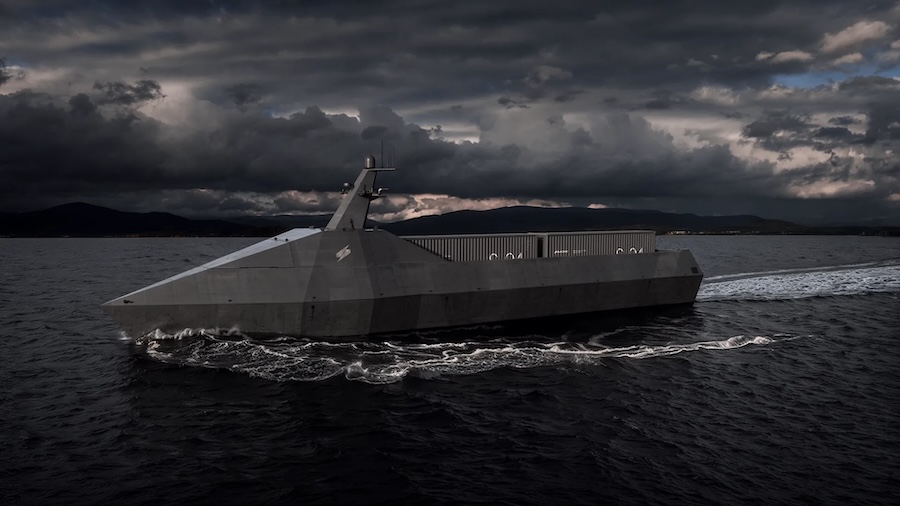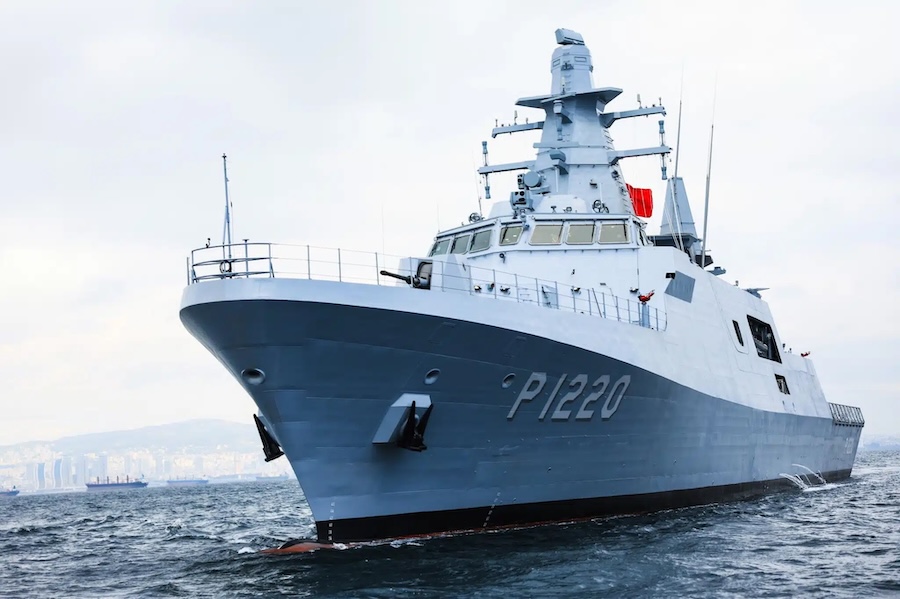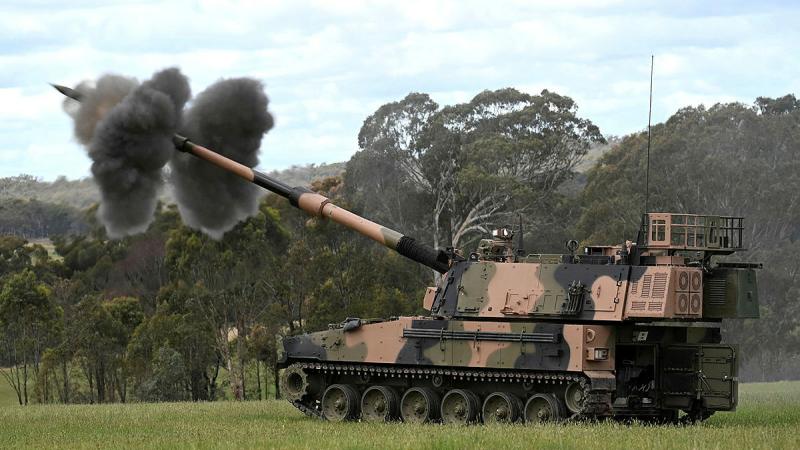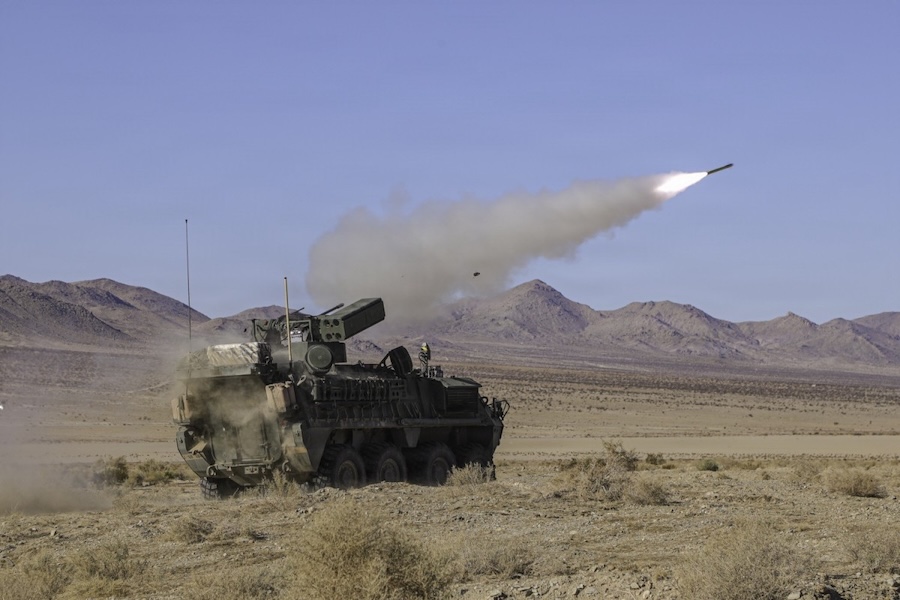“Our team spearheaded this project because we greatly appreciate any opportunity to engage with our partner nations,” said Lt. Col. Donald Williams, 960th EAACS director of operations. “Partner nation integration provides invaluable operational and strategic lessons for USAF members.”
Both squadrons operate versions of the E-3, known as the Airborne Warning and Control System, which is vital for airborne command and control across the CENTCOM area of responsibility. Aircrew members were paired with counterparts to explain differences in capabilities and system functions between their respective airframes.
The USAF’s E-3G includes a glass display flight deck modification, a mission crew system upgrade, and a modified crew construct optimised for multi-function capability. By contrast, the RSAF’s E-3A employs a traditional crew construct and a Disk Operating System-based mission computing software.
“We learned two important lessons from this experience,” said Williams. “First, we learned how to build multi-national crews to provide integrated command and control, especially for defensive missions. Second, we learned how to clearly and concisely explain how the E-3G mission system operates, an important E-3 aircrew member competency.”
Continuous joint training supports the United States’ commitment to regional stability and reinforces its role as a partner of choice in the region. Collaboration with RSAF counterparts improves bilateral coordination, fosters readiness, and strengthens bonds to ensure maximum air power projection in future operations.












